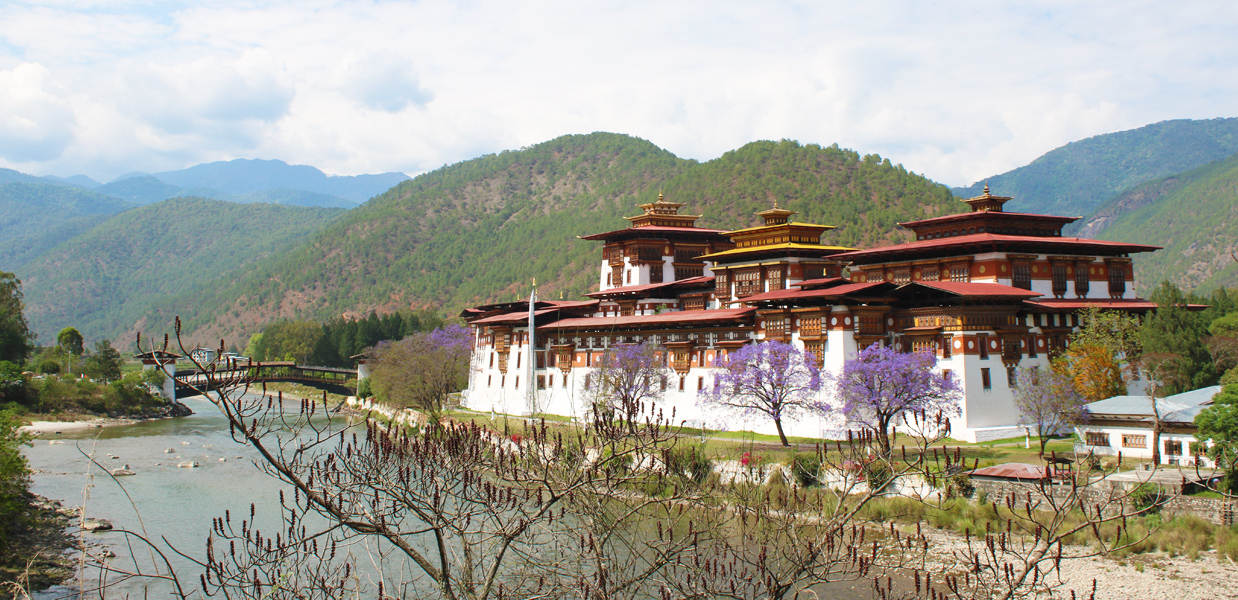 The early history of Bhutan is based on the archaeological evidences discovered in the region. The implements discovered specified Bhutan as being inhabited by people as early as 2000 B.C. Bhutan in ancient times were known by multiple names; ultimately sometime in the 17th century it came to be known as Druk Yul or The Land of the Drukpas. The name refers to the Drukpa sect of Buddhism that has been dominant religion in the region since that period. However in present days, Bhutan embrace other religions too and treat every religion with respect and reverence as enshrined in our constitution.
The early history of Bhutan is based on the archaeological evidences discovered in the region. The implements discovered specified Bhutan as being inhabited by people as early as 2000 B.C. Bhutan in ancient times were known by multiple names; ultimately sometime in the 17th century it came to be known as Druk Yul or The Land of the Drukpas. The name refers to the Drukpa sect of Buddhism that has been dominant religion in the region since that period. However in present days, Bhutan embrace other religions too and treat every religion with respect and reverence as enshrined in our constitution.
Prior to the introduction of Buddhism in the 7th century by the Tibetan King Songtsen Gampo, who constructed first two Buddhist temples, Kyichu in Paro and Jambay Lhakhang in Chhoekor Valley in Bumthang, Bonism (an animistic religion) was the dominant religion in Bhutan. Buddhism was further strengthened by the arrival of Indian saint Guru Padmasambhava, popularly known as Guru Rinpoche, a Buddhist Master that is widely contemplated to be the second Buddha in the 8th century.
For centuries the people of Bhutan remained divided and disunited. However Zhabdrung Ngawang Namgyel, a lama from western Tibet arrived in Bhutan in 17th century and unified the country. He introduced the dual system of government- Choe Sid (religious and secular tradition) and then people had seen unprecedented peace and stability. Zhabdrung’s system of rule eroded after his death and the country fell into infighting and civil wars between various factions led by local leaders. The civil strife continued until Trongsa Poenlop Ugyen Wangchuck gained control and eventually consolidated power and with the support of people crowned himself as Bhutan’s first hereditary Monarch in 1907.
Till 2008 Bhutan was a monarchy and reaped the fruits of joy under the guidance of our Kings. Besides, in 2008 Bhutan enacted its constitution and transformed to Democracy as a gift from our King. Presently Bhutan’s system of government is ‘Democratic Constitutional Monarchy’.